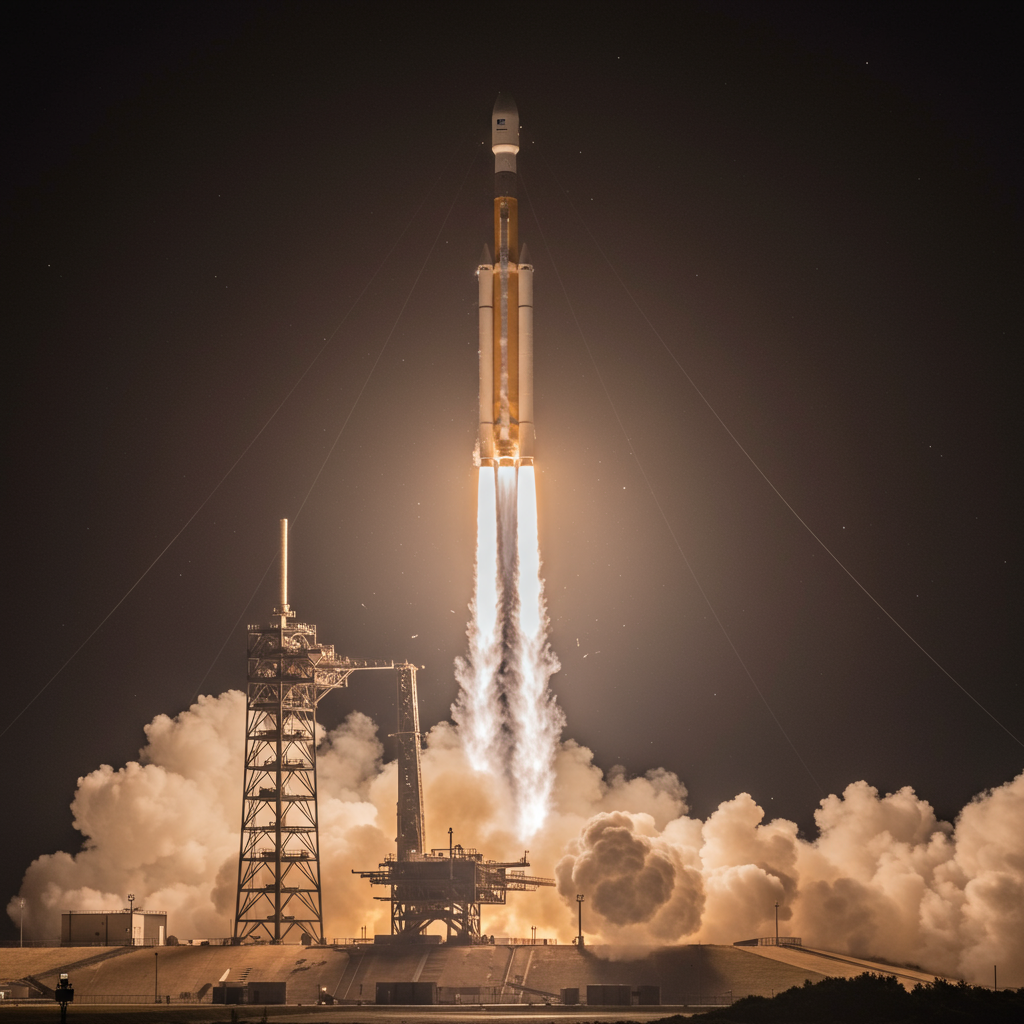Four astronauts successfully launched toward the International Space Station (ISS) this week, but their journey followed an extended delay prompted by an unusual and concerning twist in a long-standing leak issue aboard the orbiting laboratory.
The private mission, Axiom Space Mission 4 (Ax-4), lifted off from NASA’s Kennedy Space Center in Florida at 2:32 a.m. ET on Wednesday. The launch had been postponed for over a week as ground teams worked to understand a puzzling development related to air leaks on the International Space Station.
The Deepening ISS Leak Mystery
For several years, engineers have been tracking a slow but steady air leak located within a Russian-controlled module, specifically in a transfer tunnel connecting the Zvezda service module to a docking port. These leaks, first identified in 2019, are minuscule and difficult to locate and patch.
However, the situation took a strange turn recently when operators noticed the gradual air loss from this specific area had seemingly stopped. While this might suggest that previous patching efforts finally succeeded in sealing external cracks, there’s a more worrying possibility.
NASA engineers are concerned that instead of the external leaks being fixed, a new leak may have formed on an interior wall of the module. This could mean the module isn’t holding pressure because it’s sealed, but rather because air from the rest of the space station is now flowing into the damaged internal section. In essence, the fear is that the entire ISS could begin losing air.
This unsettling possibility has sparked significant concern, though much about the issue remains unknown. NASA first revealed the situation and the subsequent Ax-4 launch delay on June 14th, stating the delay was necessary for ground teams to investigate the problem.
Investigation and Differing Perspectives
During the delay, NASA and the Russian space agency, Roscosmos, collaborated on tests. According to a NASA statement, they lowered the pressure in the suspected transfer tunnel and monitored the results. While the Ax-4 launch was eventually cleared, the agencies noted that evaluation of the issue would continue.
The history of the ISS leak has highlighted differing technical viewpoints between the partner agencies. At a meeting last November, Bob Cabana, chair of NASA’s ISS Advisory Committee, noted the divergence. “The Russians believe that continued operations are safe — but they can’t prove that to our satisfaction,” Cabana stated. “And the US believes that it’s not safe, but we can’t prove that to the Russian satisfaction.”
Neither agency provided recent comments on their current evaluation of the safety risk leading up to the Ax-4 launch.
The Ax-4 Crew and Their Mission
Despite the uncertainty surrounding the ISS leak, the four members of the Axiom Mission 4 crew remained in quarantine for about a month, awaiting their opportunity for launch.
The crew includes former NASA astronaut Peggy Whitson, now an employee of Axiom Space, who is making her fourth trip to orbit. She is joined by three individuals marking significant milestones for their nations: Shubhanshu Shukla of India, Sławosz Uznański-Wiśniewski of Poland, and Tibor Kapu of Hungary. All three are the first from their respective countries to visit the space station.
The Ax-4 crew is scheduled to spend approximately two weeks aboard the ISS, conducting around 60 different science experiments before returning to Earth.
While private astronaut missions like Ax-4 are less frequent, the ISS remains a hub of activity. Regular crew rotations are crucial for maintaining the station’s operations and research capabilities. The next crew rotation mission, Crew-11, carried out by SpaceX for NASA, is currently targeted for launch as soon as July. That mission will carry a diverse crew of NASA, JAXA (Japan Aerospace Exploration Agency), and Roscosmos personnel for a standard six-month stay, underscoring the ongoing need to monitor and address the persistent technical challenges, like the ISS leak mystery, that arise in operating humanity’s outpost in orbit.




